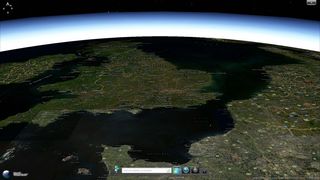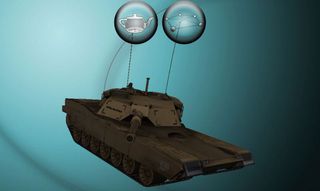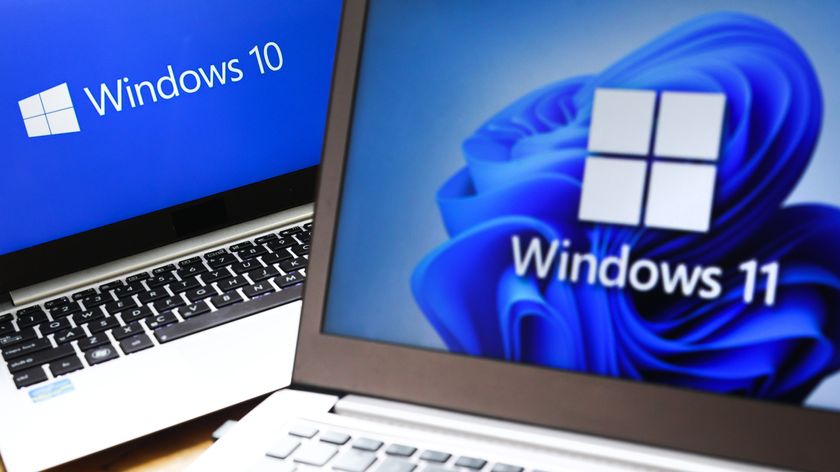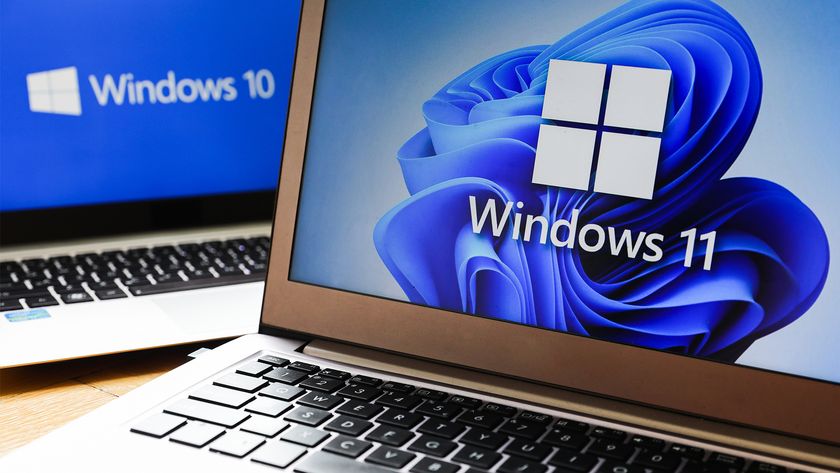Are touchscreens ready for business?
Has Windows 7 made touchscreens ready for businesses, or is the tech not quite ready yet?
Surface Globe
Yet there is one glimpse of a more serious application. Microsoft's Surface Globe, originally developed for the larger Surface tabletop', gives you some indication of what multi-touch can do within an information app.

It's effectively a multi-touch take on Google Earth using data pulled from Microsoft's Virtual Earth servers, and it's a joy to navigate with hands rather than a mouse. Dragging, rotating, pinch-zooming and flicking all work like a charm.
Suddenly, multi-touch makes sense.
3D benefits
In fact, it's clear that multi-touch is a much more natural way to handle 3D or heavily visual content than the old keyboard and mouse.
A Swedish company going by the name of Natural-UI has its own multi-touch UI framework, Snowflake, which you can run on top of Windows 7, and one of the applets used to demonstrate it is a basic 3D viewer.
Get the ITPro. daily newsletter
Sign up today and you will receive a free copy of our Focus Report 2025 - the leading guidance on AI, cybersecurity and other IT challenges as per 700+ senior executives

It's a great demonstration of how well suited multi-touch is to viewing 3D content. Say you want to pan around an architectural model or zoom in for more detail. There's no more messing around with sliders or clicking and dragging around the model. Just touch, drag, and move the model into the right position.
Does touch have the precision for creating 3D objects in CAD or 3D modelling packages? Probably not. But does it make sense when it comes to taking a look around them or sharing them with others? Definitely so.
Stuart has been writing about technology for over 25 years, focusing on PC hardware, enterprise technology, education tech, cloud services and video games. Along the way he’s worked extensively with Windows, MacOS, Linux, Android and Chrome OS devices, and tested everything from laptops to laser printers, graphics cards to gaming headsets.
He’s then written about all this stuff – and more – for outlets, including PC Pro, IT Pro, Expert Reviews and The Sunday Times. He’s also written and edited books on Windows, video games and Scratch programming for younger coders. When he’s not fiddling with tech or playing games, you’ll find him working in the garden, walking, reading or watching films.
You can follow Stuart on Twitter at @SATAndrews.
















